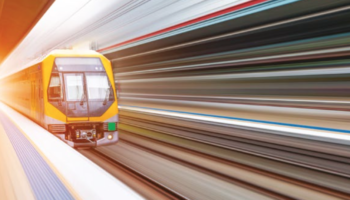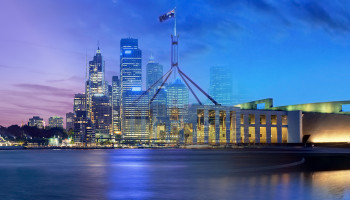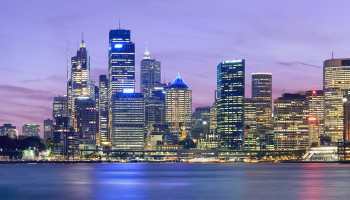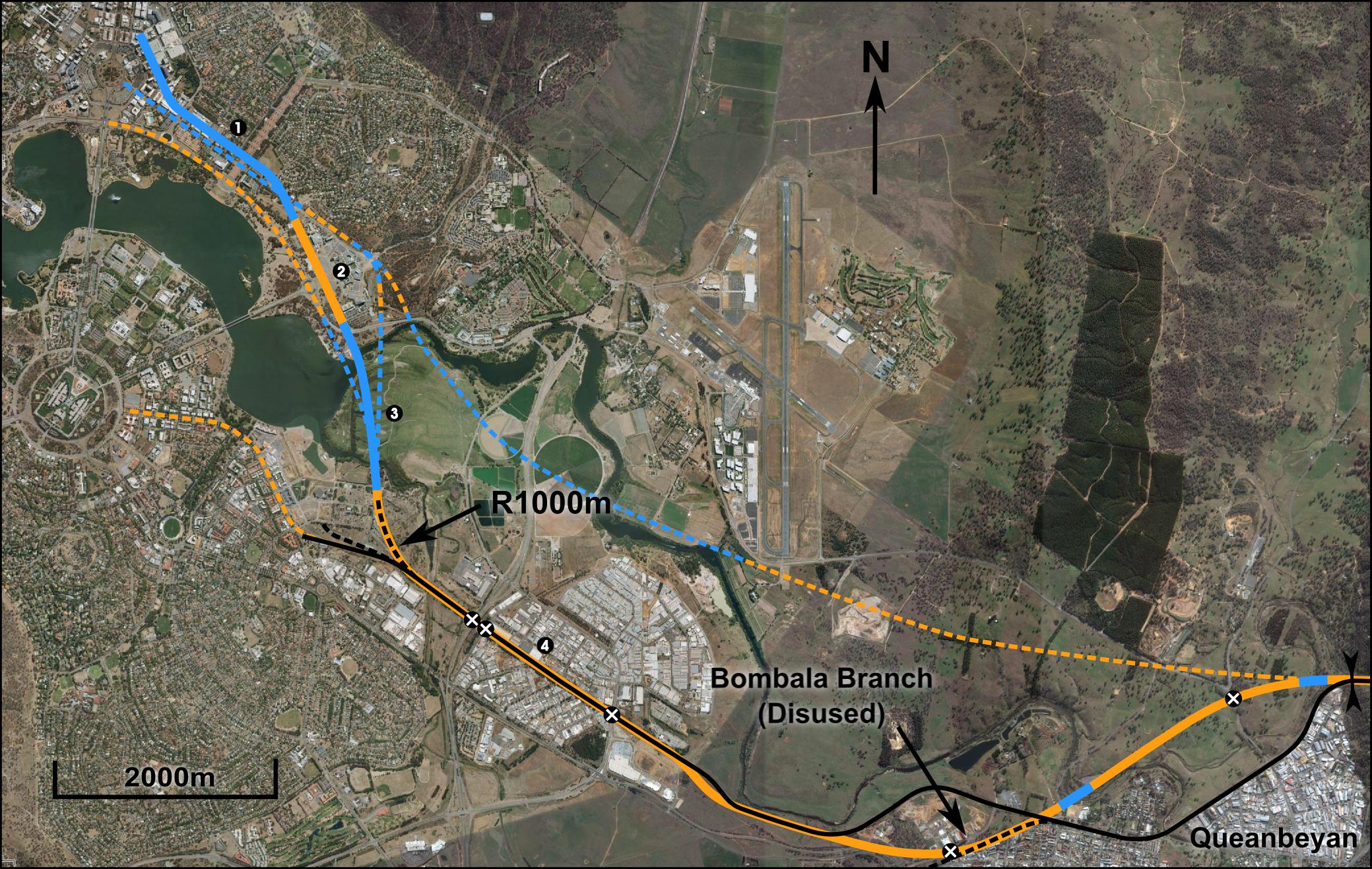Tag: design
Budget Review 2017

It’s one of the best budgets for regional and commuter rail in recent decades, among other things pledging $20 million for multiple business case studies, to focus on linking large cities to regional Australia. Hot Rails likes this idea, but thinks the government should consider supporting a larger number of more affordable studies.
A new Sydney-Canberra high-speed railway
Metro Sydney
Glenfield
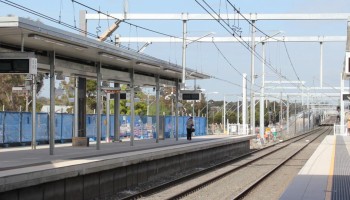
The existing rail corridor between Campbelltown and Glenfield was rejected by the 2013 government study due to having insufficiently large radius for their unrealistically fast 400km/h design speed. However, the corridor actually has fairly good geometry, with only two curves of relatively gentle radius; the one at Leumeah has radius 1000m, while the one between Minto and Ingleburn has radius 1800m. This is sufficient for tilting trains to achieve 200km/h…
Campbelltown

The last sector before we reach metropolitan Sydney presents few design difficulties, or at least no more so than the adjacent Hume Highway. A couple of bridges and moderately deep cuttings are all that is needed to bring the high-speed railway back to the Southwest Rail Corridor, where the prevailing radius is about 1800m.
Goulburn East
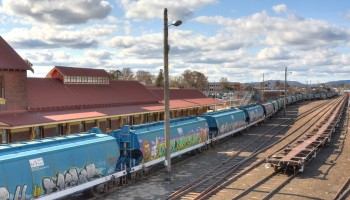
The existing alignment out of Goulburn has a minimum radius of 600m, yet it should be possible to increase to 1000m or possibly 1500m with only small modifications to the existing corridor. Geography, other transport corridors and existing development impose substantial constraints beyond this; any faster deviation will be very expensive and should therefore be deferred until higher-speed operations are required.
Canberra Metro
Track geometry
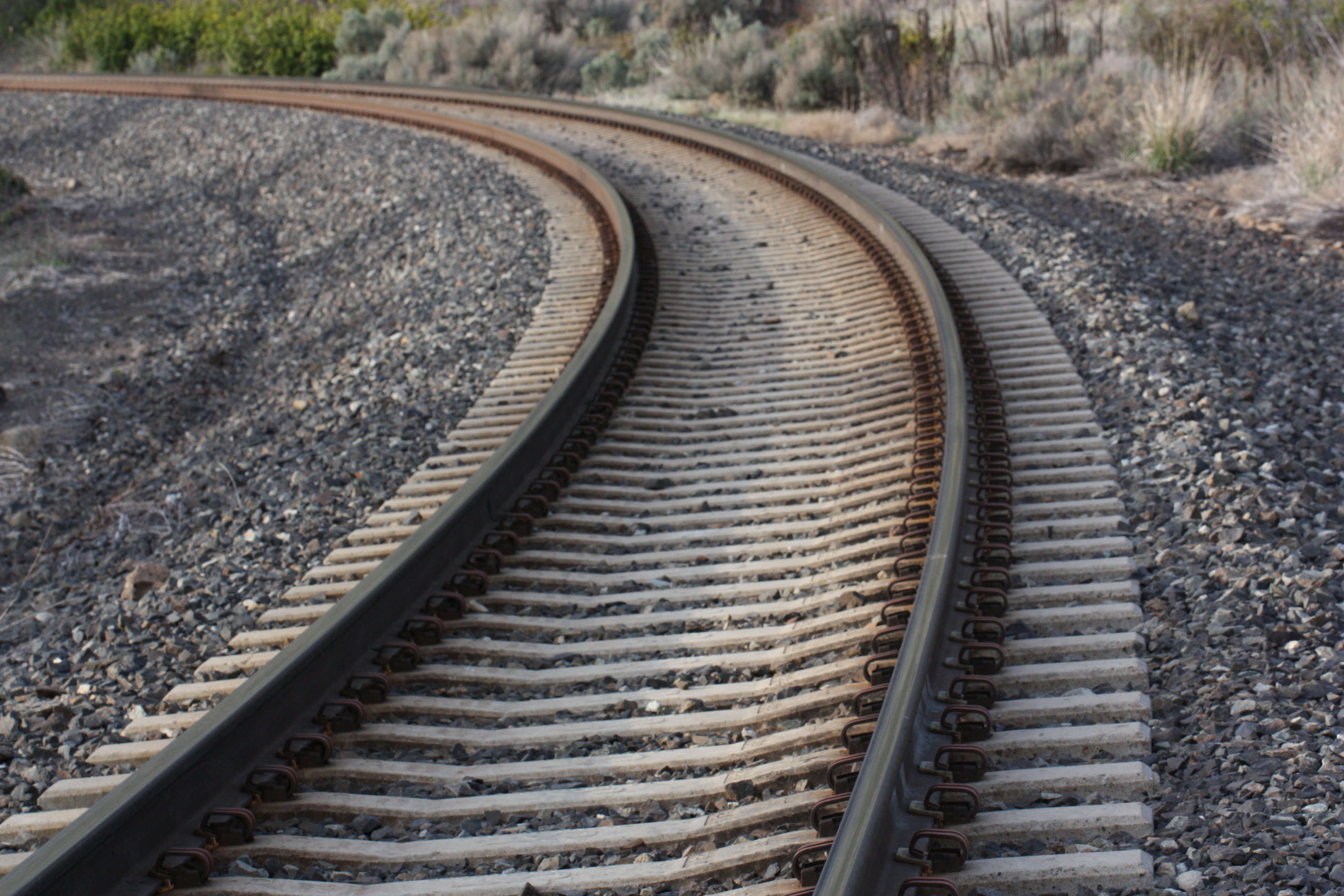
One of the primary cost drivers of high-speed rail is the fact that the track must be far straighter and flatter than standard rail lines. In order to achieve this, far more earthworks, bridges and tunnels are required, which are extremely expensive. Hot Rails aims to use tilting trains to achieve high …
A critique of the 2013 HSR study

The 2013 Phase 2 report into high-speed rail by AECOM took two years and 20 million dollars to complete, and it is a remarkable piece of work, comprising detailed alignment routes, costings, economic analysis and much more. It is easily the most comprehensive HSR study undertaken in this country to date. It’s a …
Budget Review 2017

It’s one of the best budgets for regional and commuter rail in recent decades, among other things pledging $20 million for multiple business case studies, to focus on linking large cities to regional Australia. Hot Rails likes this idea, but thinks the government should consider supporting a larger number of more affordable studies.
A new Sydney-Canberra high-speed railway
Metro Sydney
Glenfield

The existing rail corridor between Campbelltown and Glenfield was rejected by the 2013 government study due to having insufficiently large radius for their unrealistically fast 400km/h design speed. However, the corridor actually has fairly good geometry, with only two curves of relatively gentle radius; the one at Leumeah has radius 1000m, while the one between Minto and Ingleburn has radius 1800m. This is sufficient for tilting trains to achieve 200km/h…
Campbelltown

The last sector before we reach metropolitan Sydney presents few design difficulties, or at least no more so than the adjacent Hume Highway. A couple of bridges and moderately deep cuttings are all that is needed to bring the high-speed railway back to the Southwest Rail Corridor, where the prevailing radius is about 1800m.
Goulburn East

The existing alignment out of Goulburn has a minimum radius of 600m, yet it should be possible to increase to 1000m or possibly 1500m with only small modifications to the existing corridor. Geography, other transport corridors and existing development impose substantial constraints beyond this; any faster deviation will be very expensive and should therefore be deferred until higher-speed operations are required.
Canberra Metro
Track geometry

One of the primary cost drivers of high-speed rail is the fact that the track must be far straighter and flatter than standard rail lines. In order to achieve this, far more earthworks, bridges and tunnels are required, which are extremely expensive. Hot Rails aims to use tilting trains to achieve high …
A critique of the 2013 HSR study

The 2013 Phase 2 report into high-speed rail by AECOM took two years and 20 million dollars to complete, and it is a remarkable piece of work, comprising detailed alignment routes, costings, economic analysis and much more. It is easily the most comprehensive HSR study undertaken in this country to date. It’s a …




